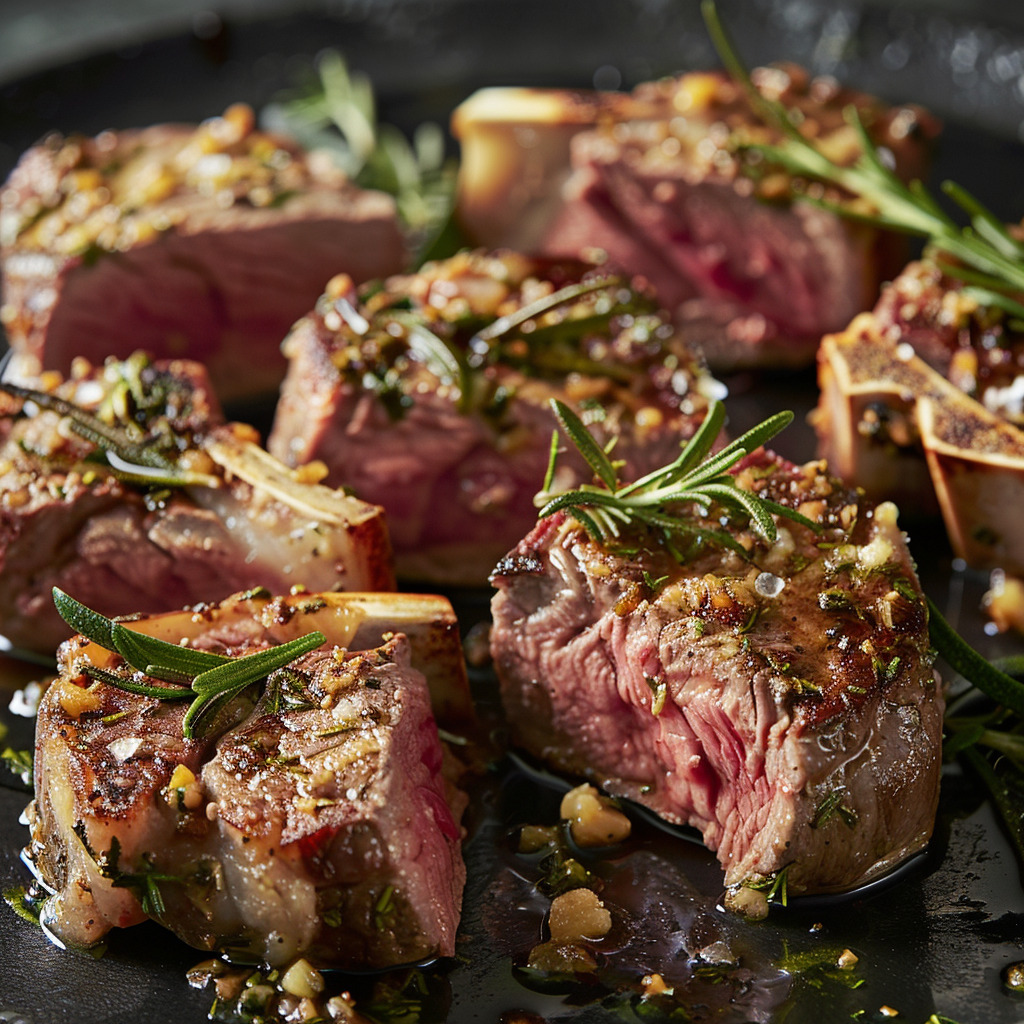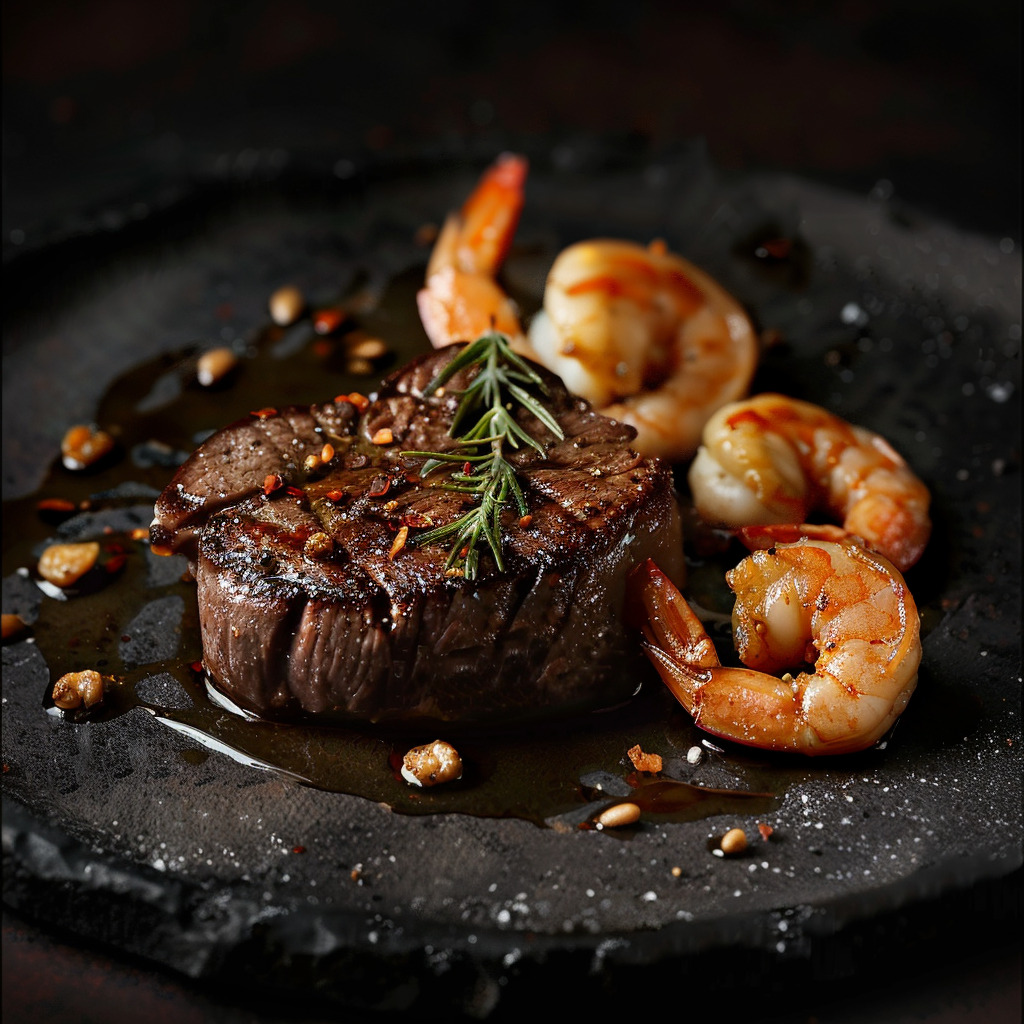
A meat-based diet, often referred to as a carnivore or animal-based diet, celebrates the nourishing benefits of animal-derived foods as a cornerstone of optimal health and vitality. This article shines a positive light on the advantages of embracing a meat-centric approach to nutrition, highlighting the numerous benefits it offers individuals seeking a wholesome and fulfilling dietary lifestyle.
The Nourishing Benefits of a Meat-Based Diet
Rich in Essential Nutrients: Animal-based foods like meat, poultry, fish, and dairy are dense sources of essential nutrients such as protein, iron, zinc, B vitamins, and omega-3 fatty acids crucial for overall health and well-being. These nutrients play vital roles in supporting immune function, muscle growth, cognitive health, and energy production.
Supports Muscle Growth and Repair: Protein-rich meats provide the building blocks necessary for muscle growth, repair, and maintenance. The high-quality protein found in animal-derived foods contains all essential amino acids needed for optimal muscle function, making them an ideal choice for individuals looking to enhance their physical strength and performance.
Satiety and Weight Management: The high protein content in meat-based diets promotes feelings of fullness and satiety. By reducing overall calorie intake and curbing cravings, a meat-centric approach can aid in weight management efforts. Additionally, protein has a higher thermic effect compared to carbohydrates and fats, further supporting metabolic processes.
Improved Energy Levels: The nutrient density of animal-derived foods can contribute to sustained energy levels throughout the day. Protein and healthy fats found in meats provide long-lasting energy sources that support mental clarity, focus, and productivity. By fueling the body with nutrient-rich foods, individuals may experience enhanced vitality and alertness.
Enhanced Nutrient Absorption: Certain nutrients found in animal-based foods are more readily absorbed by the body compared to plant-based sources. For example, heme iron from animal products is more easily absorbed than non-heme iron from plant sources. This efficient absorption ensures that essential nutrients are utilized effectively by the body for optimal health outcomes.
Embracing a Positive Perspective on Meat-Based Nutrition
Diverse Culinary Options: A meat-based diet offers a wide array of culinary possibilities. From succulent steaks to flavorful seafood dishes, individuals can enjoy delicious meals while reaping the nutritional benefits of animal-derived foods. Experimenting with different cooking methods and seasoning techniques can enhance the dining experience and add variety to the diet.
Cultural Significance: In many cultures worldwide, meat has played a central role in traditional cuisines and celebrations. Symbolizing abundance, nourishment, and communal bonding through shared meals, meat holds cultural significance that transcends mere sustenance. By honoring cultural traditions that incorporate meat-based dishes, individuals can connect with heritage while enjoying flavorful meals.
Personalized Approach: Individuals can tailor their meat-based diet to suit their preferences and dietary needs. Whether focusing on lean proteins for weight management or incorporating fatty cuts for ketogenic benefits, customization allows for flexibility in meal planning. By listening to their bodies’ cues and adjusting their dietary choices accordingly, individuals can create a personalized approach that aligns with their health goals.
Embracing the Wholesome Goodness of Meat
By embracing the nourishing power of a meat-based diet, individuals can unlock a pathway to optimal health and vitality through nutrient-dense animal-derived foods. From supporting muscle growth to enhancing energy levels and promoting satiety, the benefits of incorporating meat into one’s dietary regimen are vast and impactful. With a positive outlook on the nutritional value and culinary versatility of meat-based nutrition, individuals can savor the goodness that comes from prioritizing animal-derived foods as part of a balanced and fulfilling lifestyle.












